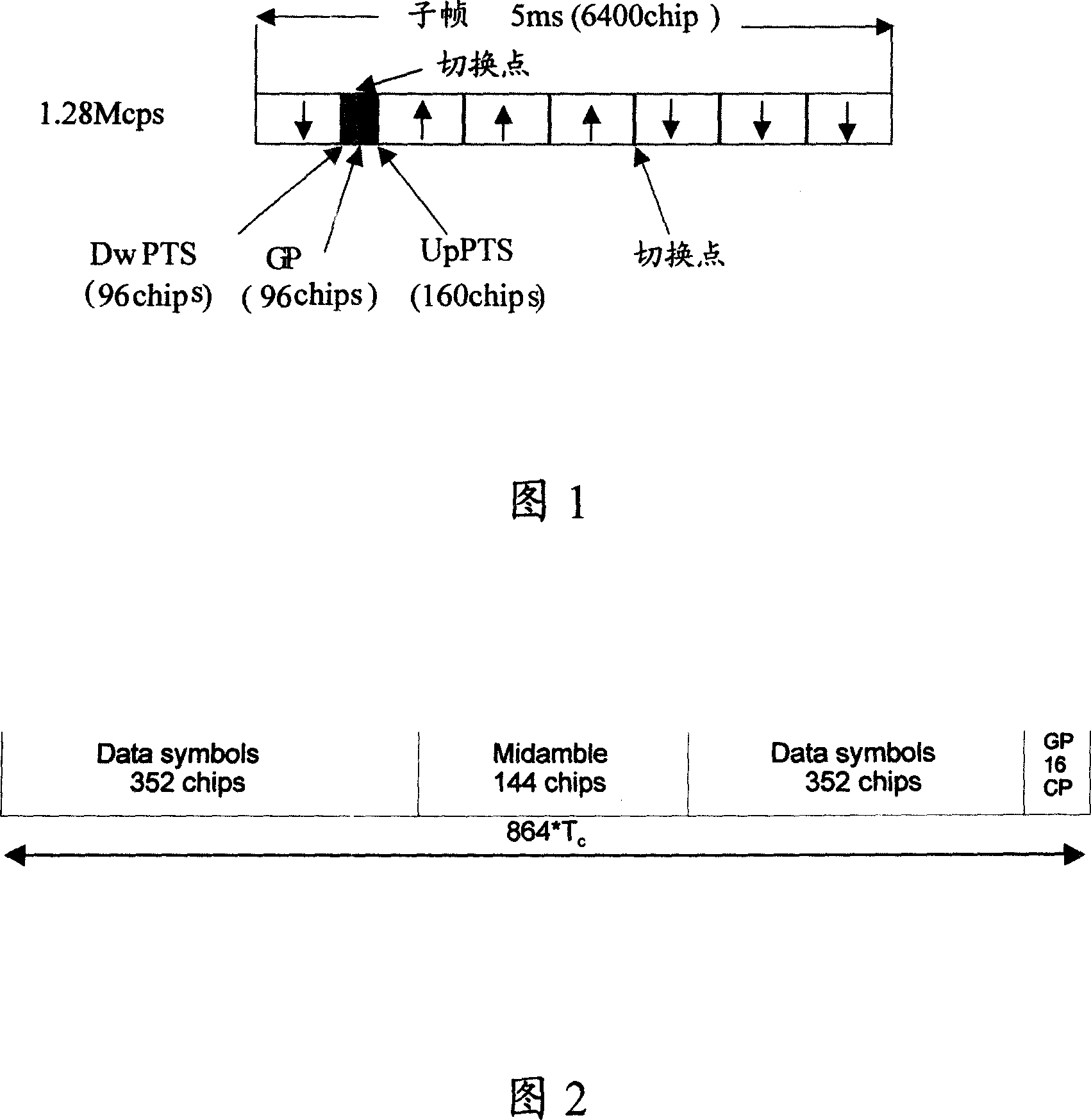Method and apparatus for eliminating interference between adjacent cells
A technology of adjacent cells and current cells, applied in the field of communication, can solve the problem that the user equipment cannot eliminate the interference of adjacent cells, and achieve the effects of increasing channel capacity, improving data transmission quality, and improving quantitative transmission quality.
- Summary
- Abstract
- Description
- Claims
- Application Information
AI Technical Summary
Problems solved by technology
Method used
Image
Examples
Embodiment Construction
[0042] In order to solve the problem that the user equipment UE can only know the midamble configuration information of the serving cell in the prior art, and thus the user equipment cannot eliminate the interference of adjacent cells, the present invention notifies the UE of the midamble configuration information of the adjacent cell, and the UE The joint detection technology is used to eliminate the interference from adjacent cells.
[0043]This embodiment takes a Time Division Synchronization Code Division Multiple Access (TD-SCDMA, Time Division Synchronization Code Division Multiple Access) system as an example to describe the present invention in detail.
[0044] The joint detection technology used in the TD-SCDMA system is based on the traditional detection technology, making full use of all user signals and their multipath prior information that cause MAI (Multiple Access Interference, Multiple Access Interference) interference, and the user The signal separation is co...
PUM
 Login to View More
Login to View More Abstract
Description
Claims
Application Information
 Login to View More
Login to View More - R&D
- Intellectual Property
- Life Sciences
- Materials
- Tech Scout
- Unparalleled Data Quality
- Higher Quality Content
- 60% Fewer Hallucinations
Browse by: Latest US Patents, China's latest patents, Technical Efficacy Thesaurus, Application Domain, Technology Topic, Popular Technical Reports.
© 2025 PatSnap. All rights reserved.Legal|Privacy policy|Modern Slavery Act Transparency Statement|Sitemap|About US| Contact US: help@patsnap.com



